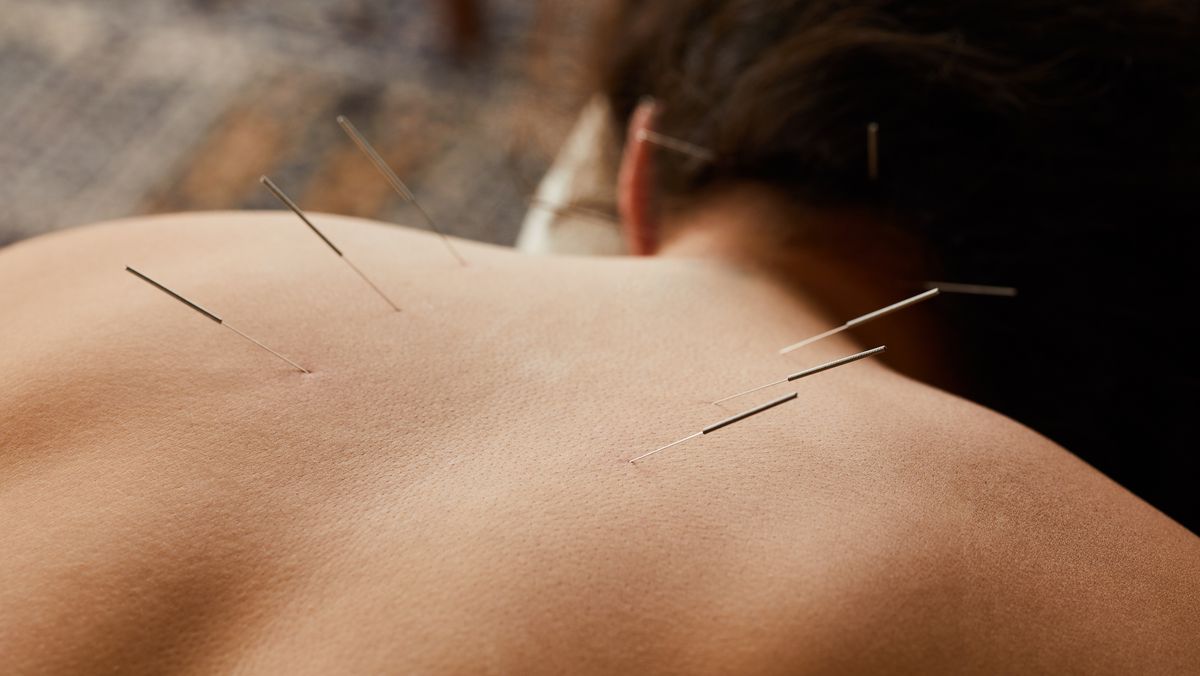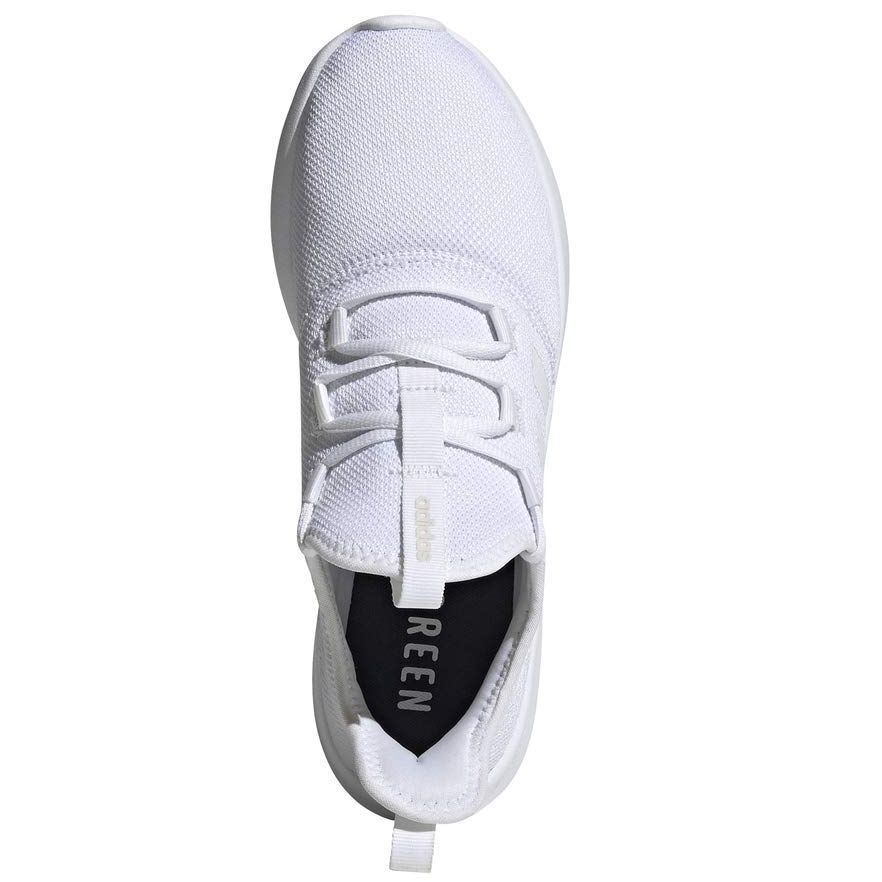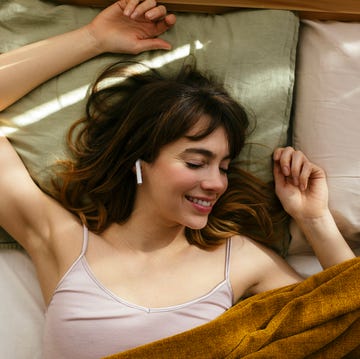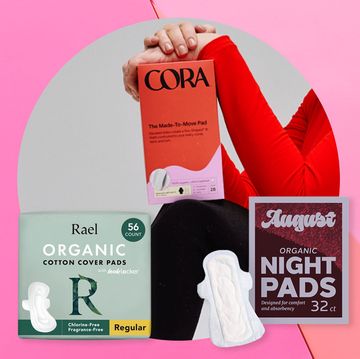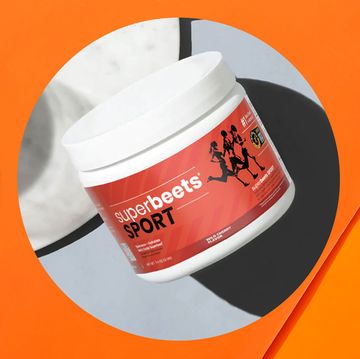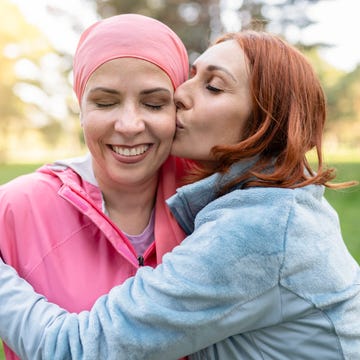I could feel it while taking my dog for a long walk. Then again as I tied my shoes. And, yep, there it is once more after pulling a marathon work session from the couch. The “it” in question? My persistent (and very annoying) sidekick, low-back pain.
Now, I’m hardly the only one experiencing dull aches or stiffness in their lumbar region: 84 percent of the world’s population will suffer from at least one bout of low-back pain during their lifetime, according to research—with 23 percent suffering chronically (meaning the pain lasts for more than 12 weeks—ouch!).
My pain is what experts categorize as “non-specific,” meaning it doesn’t stem from a known injury (like a herniated disc) or an infection, and it comes and goes depending on my level of activity or the types of exercises I do.
Meet the experts: Evita Sokol, DACM, is an acupuncturist at WTHN in New York City. Ansgar Lee, LAc, LMT, is an acupuncturist at LES Acupuncture & Bodywork in New York City.
For the past five years, I’ve noticed an improvement by integrating Pilates into my workout regimen twice a week (a recent meta-analysis in the Journal of Physiotherapy found that the modality’s combo of strengthening and stretching relieved low back pain better than more singularly focused exercises), but my low back still feels crunchy and crackly on occasion. I was curious what other therapies might provide some relief.
While acupuncture for back pain had been on my radar for years, it wasn’t until my dog ruptured a disc in her back and was prescribed surgery, physical therapy, and acupuncture that I was able to see some of the benefits for myself. I figured, if it’s good enough for woman’s best friend, it’s good enough for the woman.
How Acupuncture Works
Acupuncture is a traditional Chinese medicine practice in which fine needles are inserted into various points of the body to stimulate blood flow.
“By placing needles in the area of pain, we create an inflammatory response, which is our body’s natural way of repairing,” says Evita Sokol, DACM, an acupuncturist at WTHN in New York City, who oversaw my treatments.
In addition to targeted pain relief, acupuncture is thought to provide numerous benefits throughout the body, says Ansgar Lee, LAc, LMT, an acupuncturist at LES Acupuncture & Bodywork in New York City. “We've helped a lot of people with fertility, as well as digestive issues, chronic bloating, constipation and stomach pain,” he says. “I see conditions like hormonal acne, eczema, asthma, and allergies too—it runs the gamut.”
Each acupuncture session is tailored to the patient’s unique needs, and acupuncturist can often address multiple issues at once. (For instance, while my main concern was my low-back pain, Dr. Sokol’s initial intake suggested I had a sluggish spleen and could use some help with my digestion, so she placed needles in areas meant to aid those as well.)
The First Appointment
My first acupuncture treatment began with Dr. Sokol taking my pulse and asking me various questions about my health—everything from bowel movements to menstruation. You may also have your tongue checked. (Chinese medicine practitioners believe its color, shape, and coating can reveal what’s going on inside your body—but mine didn’t because of lingering COVID concerns.)
Based on my answers and assessment, Dr. Sokol had me lie on my stomach for my session so she could access my back body for needle placement.
First, she created what she called a “circuit” around my body with points on my ankles, hands, and head. Each placement created a small pricking sensation with the pain quickly subsiding. (If pain lingers after the needle is in for a few seconds, you will want to ask your practitioner to take it out and/or re-place it. It may be positioned directly into a hair follicle, which can be painful.)
After the circuit was complete, Dr. Sokol placed a handful of needles into my back and shoulder.
During The Session
I was then left to lie on the table for 25 minutes with headphones on. I selected a musical playlist called “chill,” with guided meditations also available. (I opted for the guided meditations during my follow-up sessions as I found it easier to quiet my mind with a voice directing me.)
My first session, to be frank, was tough. Lying on my stomach on a table unable to move for nearly half an hour left me feeling a bit trapped. I wasn’t able to get out of my head and chill (i.e., the parasympathetic response—a calming, relaxed feeling—never really kicked in).
Dr. Sokol says my experience isn’t uncommon. “Some people may feel claustrophobic being face down,” she says. “But at the same time, some people prefer a face-down treatment the first session because they don't want to see the actual needles.” (FWIW, I was given a little buzzer to hold in my hand to alert Dr. Sokol if I needed anything.)
When Dr. Sokol finally removed the needles, I felt a lot of the tightness in my low back melt away.
The After-Effects
As I left the studio after that first session, I also felt a bit woozy and off-balance, which Dr. Sokol says is also normal.
“Because acupuncture deals with blood circulation, some people may experience light headedness during a treatment, which is why we encourage patients to eat at least one to two hours prior to a session,” she says. (Lee also warns against drinking coffee or caffeinated beverages right ahead of a session—a mistake I definitely made. Oops!)
I went to WTHN on a near weekly basis (life happens, so sometimes I had an extra week in between sessions). By my fourth time on the table, I was finally able to relax (in fact, I nearly fell asleep), allowing the parasympathetic response to really work its feel-good magic.
The Long-Term Results
Each time I arrived at a session (I did eight total) with a glimmer of low-back pain, it was gone by the end. (Although, conversely, one time I walked in with no back pain, and after the session, my back felt a little cranky.) After I got over my initial bouts of light-headedness, I often left the studio feeling calm and at peace. (A feeling not dissimilar to leaving a massage.)
The back-pain relief tended to last for a day or two, and then I would notice some tightness starting to creep back in. Several months out from my sessions, I still suffer from the occasional bouts of stiffness and soreness, though fewer than before I did this treatment.
My anecdotal experience tends to line up with research on acupuncture’s efficacy: There’s moderate evidence to suggest acupuncture provides relief of chronic and subacute low-back pain when compared with a placebo, according to a recent meta-analysis.
My bottom line? If you’re looking for immediate relief, acupuncture may help you. But as a long-term solution, you’d need to keep going consistently as well as focus on other strategies (like core strengthening).

